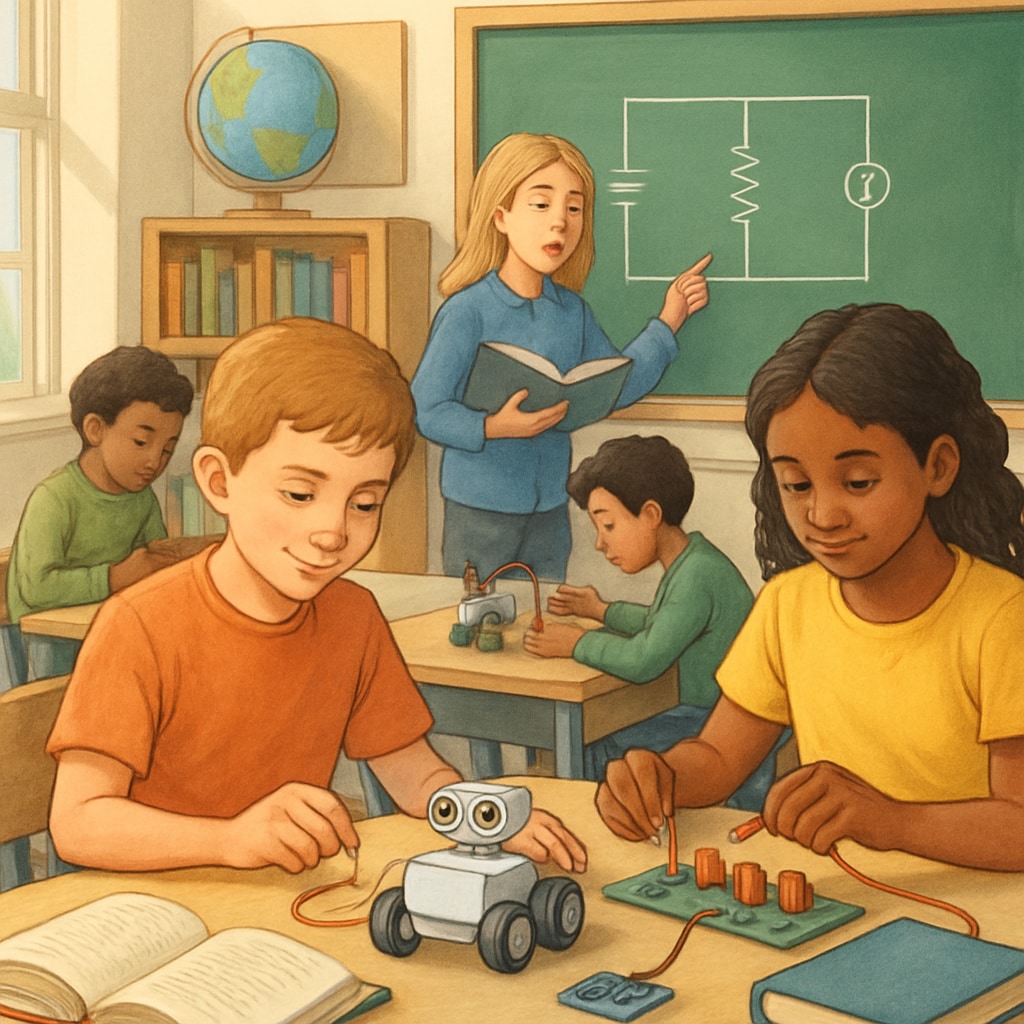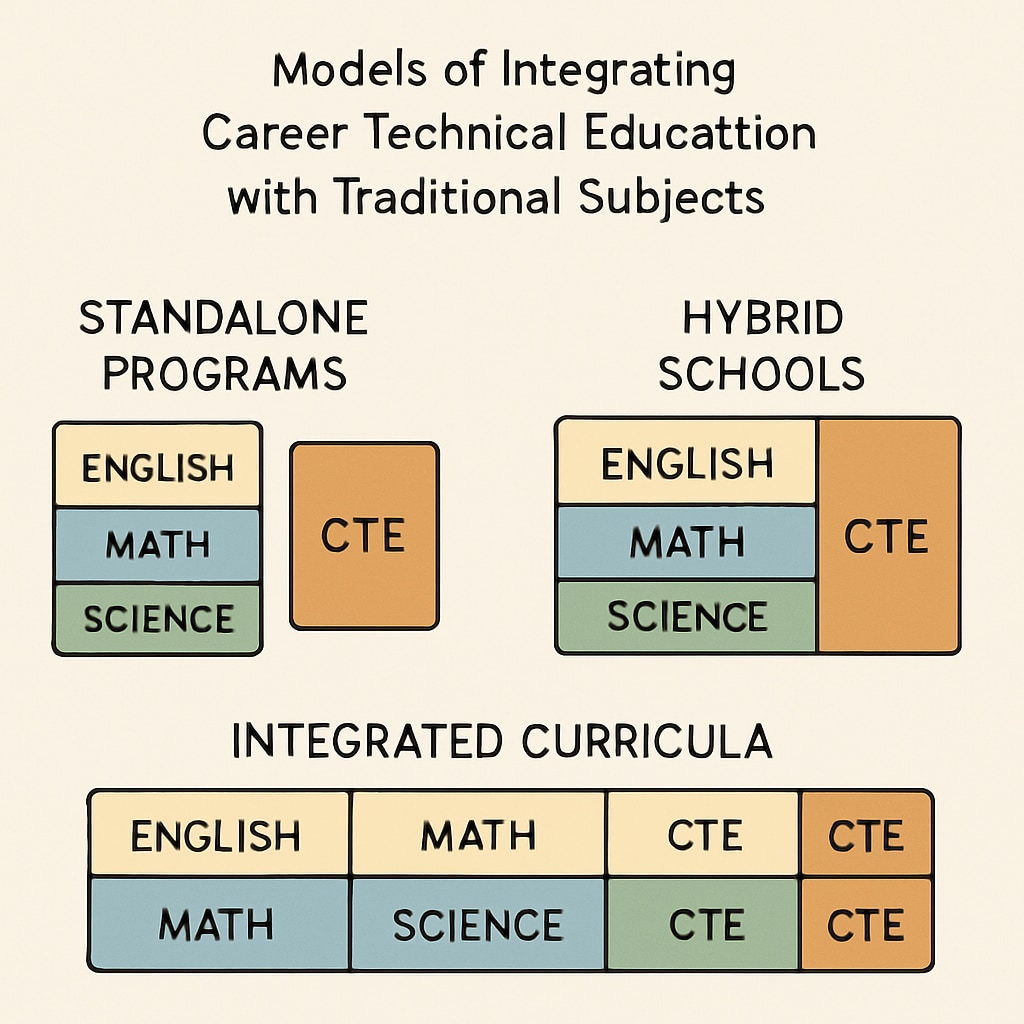Balancing Career Technical Education (CTE) and traditional subjects is a growing concern in K-12 education as schools seek to prepare students for both academic success and career readiness. Across school districts, structural models vary widely, from standalone vocational programs to fully integrated curricula. This article delves into how educators and policymakers can achieve a harmonious blend between these educational paths, ensuring students benefit from both practical skills and theoretical knowledge.

Why Balance Career Technical Education and Traditional Subjects?
In recent years, the demand for Career Technical Education has surged. With industries requiring skilled workers who possess both technical expertise and problem-solving abilities, CTE programs have become essential. However, traditional subjects like mathematics, literature, and science remain fundamental for developing critical thinking and communication skills. Striking a balance between CTE and traditional subjects ensures students are well-rounded, equipped for diverse career pathways, and prepared to adapt to changing workforce demands.
For example, incorporating programming skills into mathematics or using case studies in history to teach business ethics can seamlessly integrate the two educational streams. As a result, students gain transferable skills that are applicable in both academic and professional environments.
Structural Models in School Districts
School districts approach the integration of CTE and traditional subjects in various ways. Three common models include:
- Standalone Programs: Vocational schools or specialized academies focus exclusively on CTE, often separating students from traditional subjects. While effective for skill-building, this model risks limiting students’ exposure to broader academic disciplines.
- Hybrid Schools: Many districts adopt a hybrid approach, offering CTE courses alongside traditional subjects within the same school. Students can choose electives that align with their career interests while still completing core academic requirements.
- Integrated Curricula: The most progressive approach combines CTE and traditional subjects into interdisciplinary lessons. For instance, a science class might include lessons on engineering principles or a literature class might explore technical writing.
Each model has its advantages, but integrated curricula are emerging as the preferred choice for fostering balanced development.

Building an Integrated Education Model
To fully integrate Career Technical Education and traditional subjects, schools can adopt several strategies:
- Professional Development for Teachers: Educators need training to blend technical skills into academic lessons effectively. For example, science teachers can learn to incorporate robotics or engineering into their curriculum.
- Collaboration with Industry Professionals: Schools can partner with local businesses to design courses that align with workforce needs while maintaining academic rigor.
- Flexible Scheduling: Block schedules or project-based learning periods can allow students to explore both CTE and traditional subjects without compromising either.
- Student-Centered Learning: Personalized education plans that cater to individual career aspirations can help students strike their own balance between technical and academic learning.
These strategies ensure that students receive a holistic education that prepares them for real-world success.
The Role of Policy and Leadership
Balancing CTE and traditional subjects requires strong leadership and supportive policies at both the district and state levels. Policymakers can incentivize schools to develop integrated programs and fund teacher training initiatives. Meanwhile, school leaders must prioritize collaboration between CTE instructors and academic faculty, fostering a culture of interdisciplinary teaching.
As a result, schools can create environments where students gain both practical experience and intellectual depth, ultimately meeting the demands of a dynamic workforce.
Conclusion: Achieving the perfect balance between Career Technical Education and traditional subjects is no small feat. However, by adopting integrated models, investing in teacher training, and leveraging partnerships with industry, K-12 schools can prepare students for both college and career success. This balanced approach ensures that education remains relevant, adaptable, and student-focused.
Learn more about vocational education | Explore the history of education


